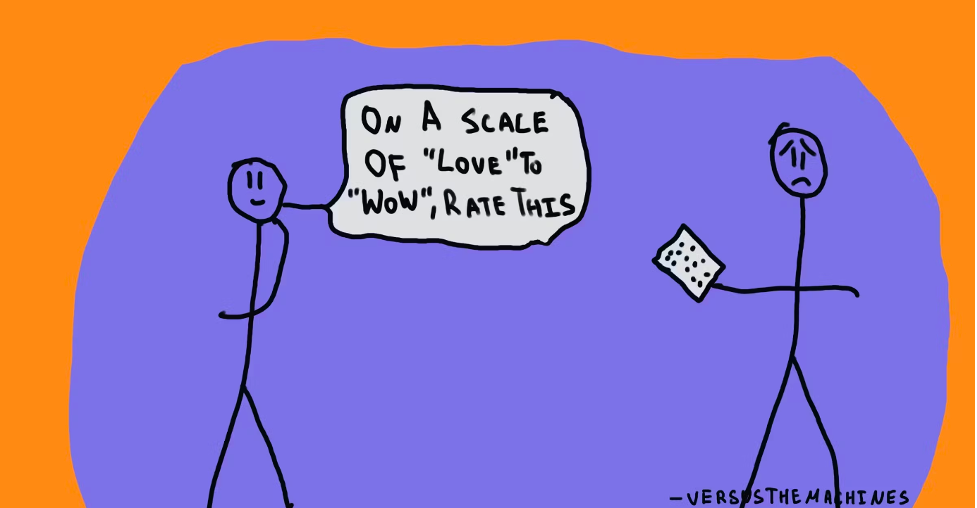A Strategic Tool in UX
We live in a world overwhelmed with information, stimuli, and challenges.
We make decisions from the moment we wake up until we go to bed. To handle this complexity, we seek unconsciously and consciously patterns that help us understand and navigate our surroundings. These internal compasses guide us through experiences and the information we absorb. We call these compasses “Mental Models.”
These models influence how we see and perceive the world and play a crucial role in our cognitive processes and decision-making.
However, these internal representations of reality are influenced by various factors (emotions, motivation, limited information processing capacity, etc.). The consequence? We develop cognitive biases that affect our attitudes and behaviors, preventing us from seeing the world objectively.
“We do not see things as they are, we see things as we are.”
— Anaïs Nin
How can we improve the quality of our reasoning?
Researchers need to identify and mitigate our cognitive biases to ensure accurate and objective data collection and analysis. Here are some examples of biases that often impact the quality of our decisions:
Framing Effect
The way information is presented influences how it is perceived and evaluated. Positive or negative framing can significantly alter the response of the message receivers.
For instance, asking a participant in an interview, “How have the new features improved your experience?” directs the response towards improvements, even if other factors may have negatively impacted their experience and perceived value.
False Consensus Bias
The tendency is to believe that most people expect and share our opinions and behaviors. Starting from this assumption can lead to overestimating the degree of agreement others have with our views, contributing to erroneous assumptions about the target audience.
As researchers, when we consider ourselves users of the product we are working on, we assume that our difficulties or satisfactions are universal. Thus, we dismiss opinions that are different from ours as outliers.
Confirmation Bias
The tendency to seek, interpret, and remember information that confirms our preexisting beliefs while ignoring contrary evidence. This can lead to a distorted interpretation of data, compromising objectivity.
In the research process, we for information that validates our beliefs. This bias is widespread when presenting data. We sometimes emphasize data that supports what we believe.

These are just a few examples of factors that impact the quality of our decisions. There are many more, and it’s crucial to be aware of them and recognize them when they occur, both in our professional and personal lives, to ensure they do not interfere with objective data interpretation.
“Many important decisions in life are made based on incomplete information and imperfect judgments.” — Amos Tversky
Since mental models result from our need to understand the world more efficiently, how can we refine them to be more effective?
In addition to recognizing our biases, we can learn about new models that enhance our ability to view situations from different perspectives.
“The quality of our thinking depends on the models in our heads.” — Shane Parrish
Here are a few examples of models that can help us think better:
Second-Order Thinking
This involves considering the consequences of the consequences of our decisions. By doing so, we can anticipate long-term impacts and avoid unintended negative effects.
For example, implementing a rewards program might initially increase product interactions. Still, second-orderthinking reveals that it may lead to undesirable behaviors, such as users gaming the system for rewards without meaningful engagement.
Inversion
This means thinking backward. Instead of focusing on what we can do to achieve a goal, we think about what could prevent us from reaching it. This powerful tool highlights points to avoid or errors that might be made, which could be overlooked in a positive approach (“What do I need to do to achieve my goal?”).
For instance, when improving an app’s sign-up process, inversion would suggest mmaking the process as frustrating as possible to identify and remove barriers, thus creating a smooth and intuitive experience.
These are just a few examples of how, when properly applied, we can significantly improve our understanding of the world and contribute to more informed and objective decision-making.
In our process, it is essential to move in this direction — shedding biases and empathizing with the world around us. Applying theory effectively is key. The path to excellence is a continuous learning journey.
The path to excellence is a constant learning process.
Text written by Teresa Geraldo, UX Researcher at Bliss Applications. Originally published in Marketeer.